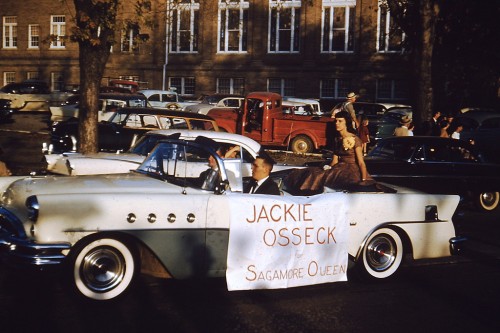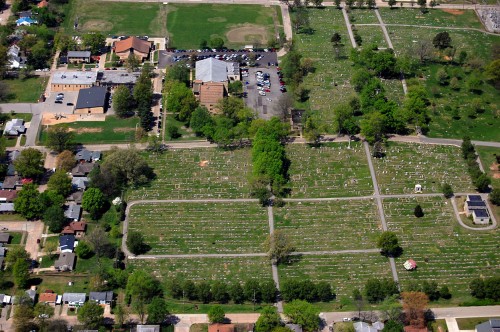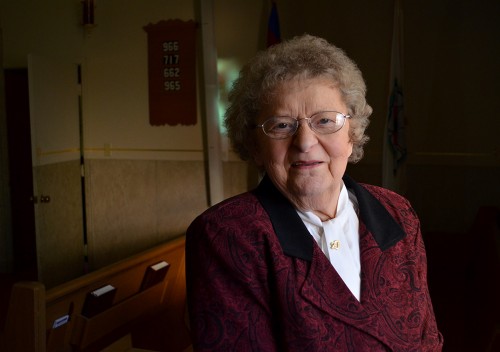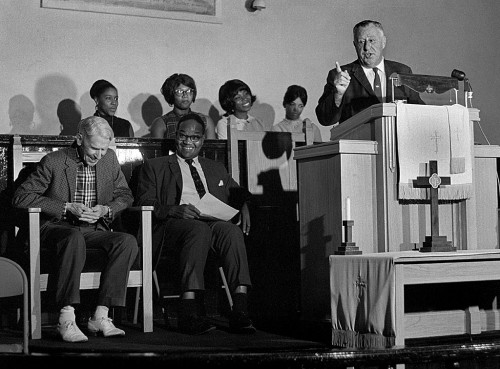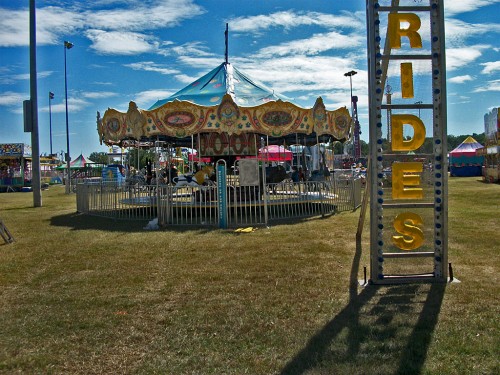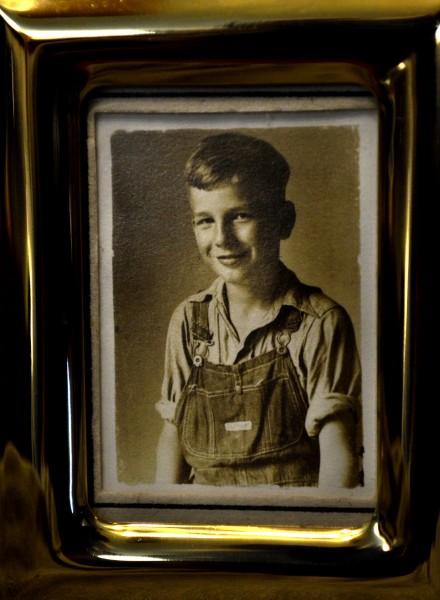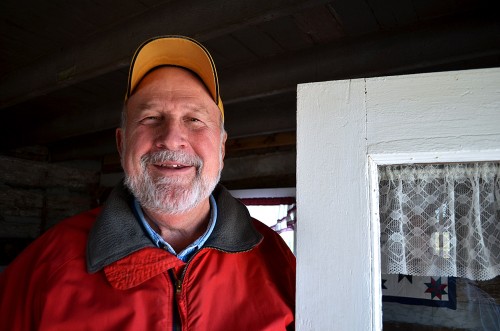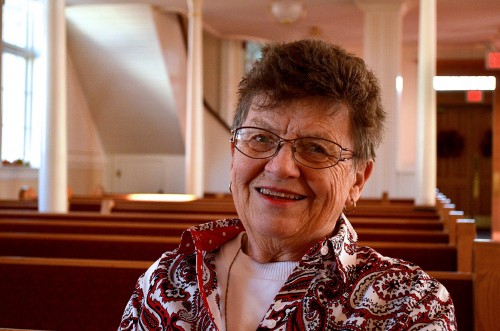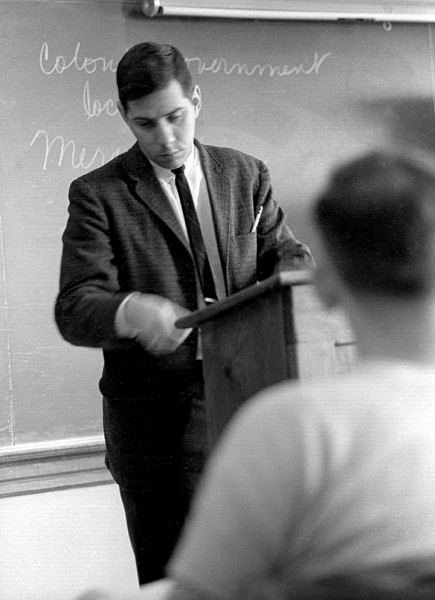 When Jim Stone headed off to Ohio University, he and I would trade audio tapes instead of letters. It’s almost painful to listen to the two of us half a century later, but I was playing part of one the other day and heard myself describing my history prof: “He’s talking when he walks into the room, and he’s still talking when the bell rings and people are walking out.”
When Jim Stone headed off to Ohio University, he and I would trade audio tapes instead of letters. It’s almost painful to listen to the two of us half a century later, but I was playing part of one the other day and heard myself describing my history prof: “He’s talking when he walks into the room, and he’s still talking when the bell rings and people are walking out.”
That was Arthur Mattingly, one of the best profs I had at SEMO or Ohio University.
Founded historic preservation program with Dr. Nickell
The Missourian had a story in 2006 saying that Dr. Mattingly and Dr. Frank Nickell were being recognized for founding SEMO’s historic preservation program 25 years earlier. A 1973 article he wrote does the best job I’ve ever read in explaining the value of historic preservation and how “old” doesn’t always translate into valuable.
Taught history in present tense
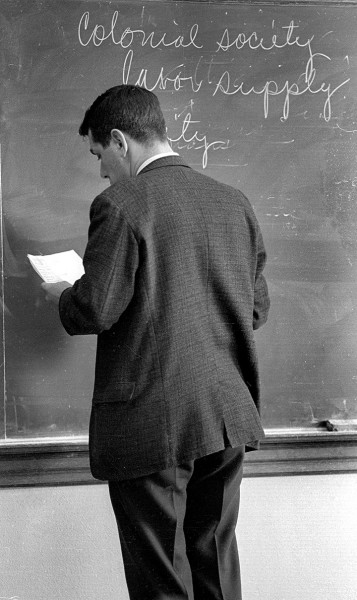 One of the things I liked about him was that he delighted in debunking all those myths about history that we had been taught from grade school on. His accounts of battles were told in the present tense. He didn’t dwell on dates and troop movements, he made you feel like the enemy was going to come up over that rise any minute.
One of the things I liked about him was that he delighted in debunking all those myths about history that we had been taught from grade school on. His accounts of battles were told in the present tense. He didn’t dwell on dates and troop movements, he made you feel like the enemy was going to come up over that rise any minute.
He, John C. Bierk, and Fred Goodwin are three SEMO profs I remember well.
Things are going to slow down here
I got a call from a perky and squealing Curator Jessica this morning. A grant we had applied for to put on a week-long workshop in Athens, Ohio, in August was approved. Since I really hadn’t expected it to get funded, I drug my feet on preparing for it.
I have to pull together an update for my Smelterville project by July, figure out what I’m going to do convince a bunch of amateur photographers that shooting pictures today with history in mind is fun, and knock off my Last Generation project for an Immigration Conference in Altenburg in October.
To get everything done, I’m going to have to throw some babies out of the lifeboat. I can’t give up food, sleep and afternoon naps, so it’ll be blog posts that go splash. I may plug in re-runs so you don’t forget about me.
Sign up for email notifications
Facebook has become an unreliable way to promote the blog. Unless I pay them, less than 10% of the people who like the Central High School blog fan page ever see the status posts. To make sure you don’t miss out on new material, click on the tiny MANAGE SUBSCRIPTIONS link at the top left of the page (next to Archive). Put in your email address and you’re in business. Or, you can sign up by clicking on THIS LINK.

